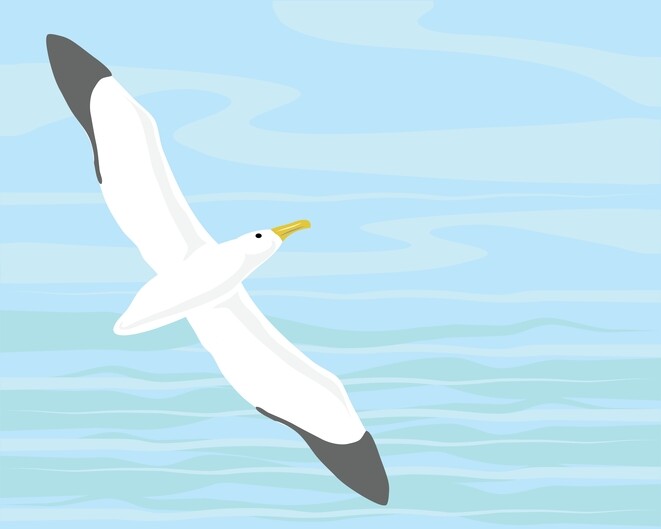We anchored today in Moorea, which means “yellow lizard,” and is only a short distance from the island of Tahiti, hopped on a tour bus and got to know this famous island a bit. Learned that it’s about 2 million years old and that people have lived here for almost 2000 years. We also had a stop at the UC Berkeley’s Gump Research Station – land donated by yes, that Gump. On a short trek into the jungle saw several Polynesian temples, which to the uninformed eye, appear to be just platforms of rock. The legends and history are fascinating and more is being discovered through DNA analysis on a regular basis as we will learn in a subsequent tour. And, as with Hawaii, most of the incredible lushness of these islands is made up from plants have been brought from somewhere else.
On our afternoon trip, we joined Dr. Michael Poole, (who has done work at the research station) on a boat trip to look for spinner dolphins. As with any wildlife observation trip, sightings aren’t guaranteed even though they’re successful 95% of the time. After not finding any dolphins, we agreed to name this tour the Turtle and Tuna Trip. A good sized tuna startled the tourists, the boat driver and the doctor when it hurled itself probably 6 feet into the air very close to the boat. And, turtles are always fun to spot.
For those who know a lot more about geology and related earth sciences, please feel free to add to my sparse knowledge – there’s lots to learn. As we navigate through these spectacularly beautiful islands (no photoshop needed), the difference in size, shape and the color of the surrounding water triggers a multitude of “how did this happen” questions. With limited internet, I haven’t been able to explore the answers as much as I’ve liked – I’ve got a long list of topics to look up to satisfy my curiosity. I have learned that a motu is a little island that forms from coral that grows above ocean level and gets planted with the help of storms and passing birds. Then, there’s an atoll – a ring shaped coral reef structure. Thanks to Darwin, he came up with an explanation of their formation.(and there are a couple of theories). A simplistic explanation is that It’s formed from a volcano which eventually breaks down. The result is a circular island with a lagoon which can eventually have a lot of live coral in it or just sand.
Additionally,, you can have black sand beaches (volcanic rock) or white sand beaches (broken down bleached coral). Don’t get me started about the fish…













I’d trade a balcony for those sails any day. That last photo of the 2 of you makes it look pretty darn good. Glad you are out in the world again.
Merry Christmas. Play Hard. Love Lynn Dee